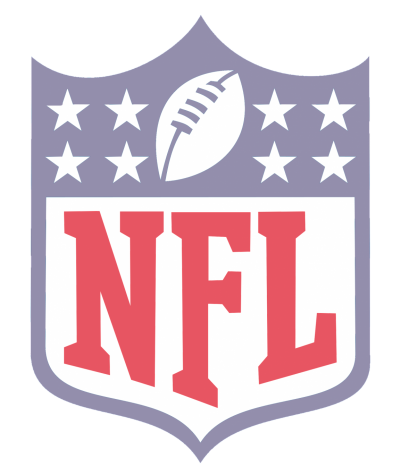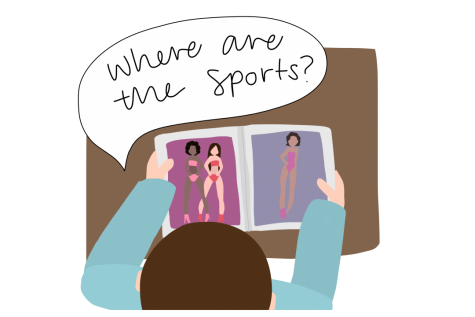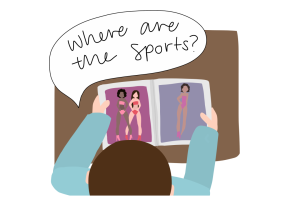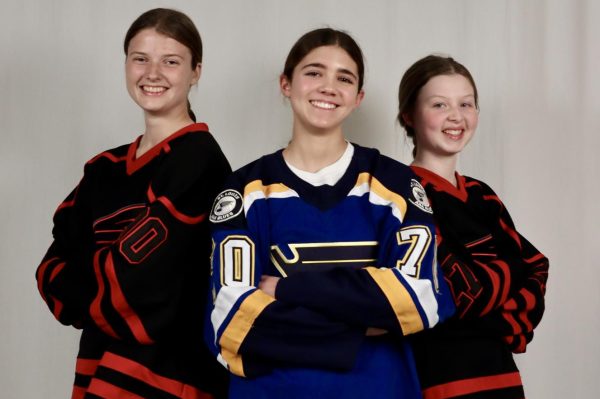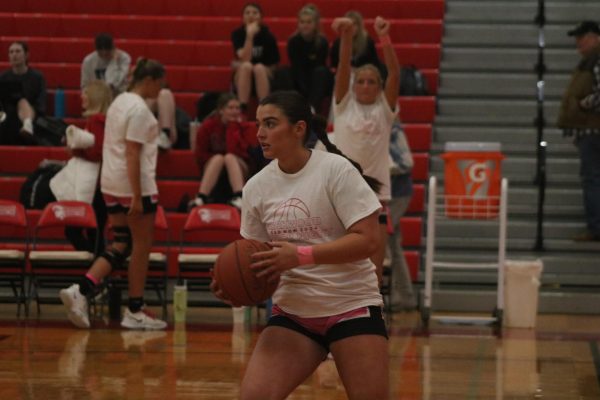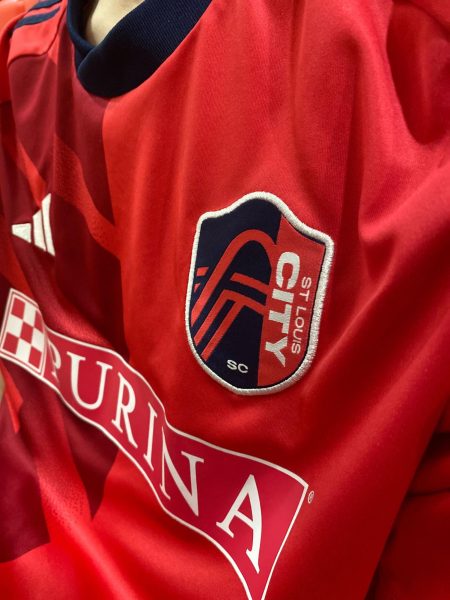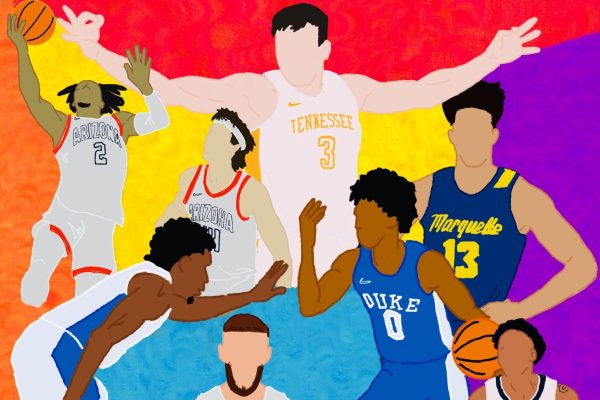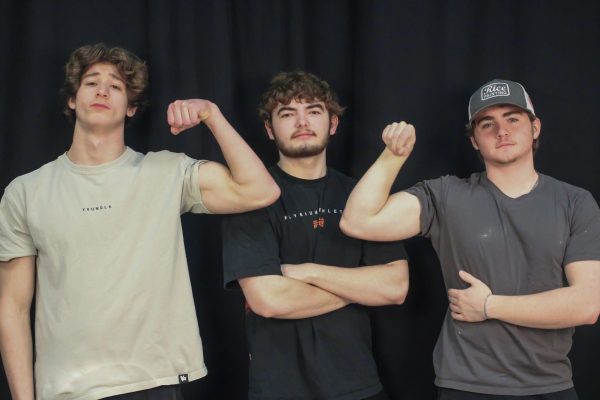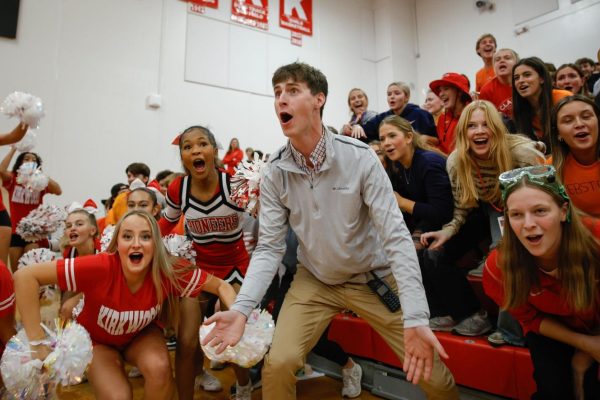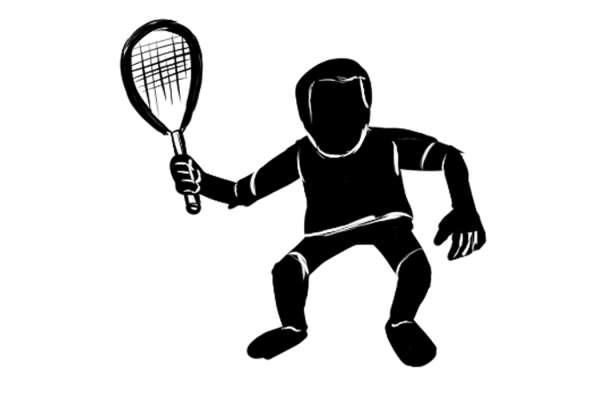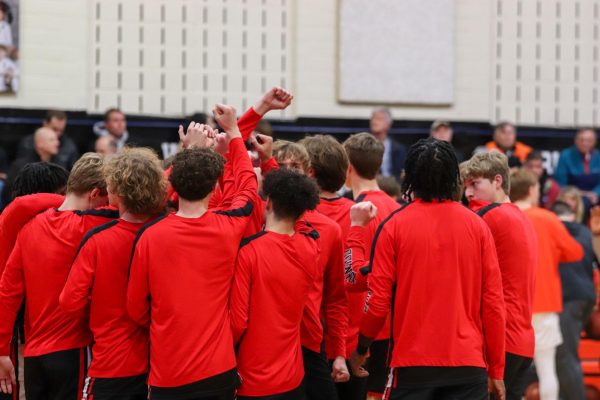Sexual misconduct in sports
*Logos courtesy of sportslogos.net
Larry Nassar, Jerry Sandusky and Ray Rice. The legacies of these men will forever be tainted by their reckless actions toward innocent people. Sexual misconduct and domestic violence damage various sports, age ranges and athletic skill levels. It is acceptable for sports players to be physical with their opponents, but never with their partner.
NFL
Among all of the problems that affect NFL players today — from concussions to gruesome, career-ending injuries — sexual misconduct is often overlooked. Eight players were released in the past 10 years because they violated the league’s policy prohibiting sexual abuse, while many other players have faced accusations of similar crimes. The lack of clarity in the league’s sexual misconduct policy is one of the main reasons suspension lengths for similar crimes vary. NFL Commissioner Roger Goodell addressed the issue in a powerful letter to team owners in 2014.
“We allowed our standards to fall below where they should be and lost an important opportunity to emphasize our strong stance on a critical issue,” Goodell said in the letter. “But even one case of domestic violence or sexual assault is unacceptable.”
The change Goodell promised has not entirely materialized. Recent examples highlight the issue: current Washington Redskins’ linebacker Reuben Foster was released in November by his former team, the San Francisco 49ers, following allegations of domestic violence. Star running back Kareem Hunt, who was released by the Kansas City Chiefs in late November after video surfaced of him kicking and shoving a woman, did not have to wait long for an NFL team to bite, with Hunt agreeing to a contract with the Cleveland Browns in mid-February. This signing magnifies the NFL’s problem, as the league has yet to conclude its investigation of the incident, which occurred in February 2018. Another apparent problem in the NFL’s handling of sexual misconduct cases is its inconsistent punishments: players such as former New York Giants’ kicker Josh Brown and current Dallas Cowboys’ superstar running back Ezekiel Elliott have faced varying suspension lengths for similar incidents of sexual misconduct.
In a sport so predicated on violence, the extension of that violence to their partners is often the league’s bleak reality. Tangible change must be made before the league’s current culture causes irreversible damage to more people and its reputation as America’s premier sport.
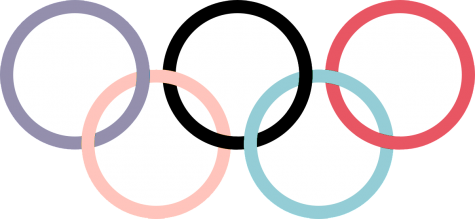 Olympics
Olympics
For the more than 300 survivors who Larry Nassar sexually abused and molested, a $500 million settlement will not console the tears and pain that his actions scarred them with. This case of sexual misconduct, the largest in sports history, follows the litany of similar cases in U.S. Olympic history. Sexual misconduct allegations have stemmed from gymnastics, swimming, volleyball and mixed martial arts. According to a 2018 report by the Southern California News Group, 252 U.S. swim coaches have been arrested for sexual misconduct-related issues over the past two decades. One underlying problem to the sexual misconduct allegations, which has parallels in other professional sports, is the glaring discrepancy between male and female coaches. For example, out of 92 U.S. Swimming National Team coaches, only 11 are female. Now, not all male coaches will commit these crimes and some male coaches may have more qualifying experiences for their jobs. However, female athletes, particularly Olympians, may feel more vulnerable than their male counterparts because of the apparent systematic problems in U.S. Olympic organizations.
Public outrage is a proven catalyst for change, but what happens after initial changes are made is more important in preventing the perpetuation of a toxic culture. In the case of the U.S. Olympic organizations, who, although privately operated, represent the country on an international platform, the federal government’s intervention is critical in order to ensure substantial, positive change.
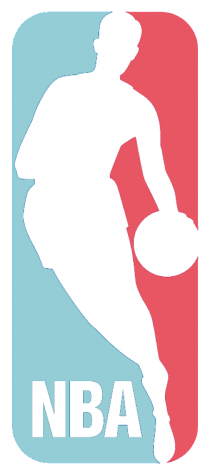 NBA
NBA
A seven-month investigation of the Dallas Mavericks’ front office in 2018 revealed numerous cases of sexual harassment over the past two decades. While this was shocking news for the thriving NBA, it emphasized the lack of personal conflicts and the positive publicity that NBA fans have received from the league.
Only three NBA players in the past decade have been suspended for at least six games for domestic violence. The most significant instance involved Jeff Taylor, who received a 24-game suspension for domestic violence in 2014, after which NBA Commissioner Adam Silver addressed the issue in an official statement:
“Domestic violence is a serious societal issue that is antithetical to any community or organization that prides itself on the values of respect for others, good moral character and common decency.”
The only other incidents were Darren Collison, suspended for eight games in 2016, and Willie Reed, suspended for six games in 2018. Aside from a few exceptions, the NBA is succeeding in helping their players maintain positive reputations. The league’s consistency in handling these incidents is proof that those involved in the decision-making process are more aware of the magnitude of the situation, as well as how the league will look if it goes unanswered.
It is rare to see an ESPN report about a basketball player involved in domestic violence. If the trend with these leagues continues, sometime down the road basketball may challenge baseball as America’s true pastime.
NCAA
While NCAA athletes occasionally commit sexual misconduct, the more recent problem has surrounded coaches dismissing allegations against their players and assistant coaches.
Ohio State University head football coach Urban Meyer stepped 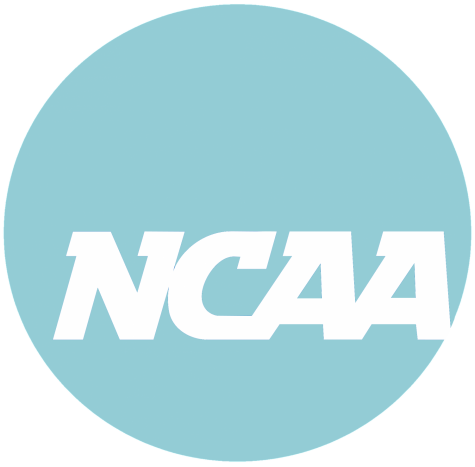 down in December after he failed to adequately address sexual abuse accusations against former assistant coach Zach Smith. Former Baylor University head football coach Art Briles was fired in 2016 following his failure to take action against multiple players accused of sexual assault. Joe Paterno, former Penn State University head football coach, dismissed several sexual misconduct accusations against Jerry Sandusky, one of his assistant coaches, who was convicted of rape and child sex abuse in 2012.
down in December after he failed to adequately address sexual abuse accusations against former assistant coach Zach Smith. Former Baylor University head football coach Art Briles was fired in 2016 following his failure to take action against multiple players accused of sexual assault. Joe Paterno, former Penn State University head football coach, dismissed several sexual misconduct accusations against Jerry Sandusky, one of his assistant coaches, who was convicted of rape and child sex abuse in 2012.
Coaches have an obligation to ensure that all allegations against their players and assistant coaches are investigated, whether stated in their contracts or not. Their commitment to leading with integrity is the only way sexual misconduct can be prevented in the future.
 MLB/NHL
MLB/NHL
The situation of the NFL in sexual misconduct scandals is in stark contrast to that of the NBA, which is well-behaved compared to the other major associations that sports fans follow, such as the MLB and NHL. Both 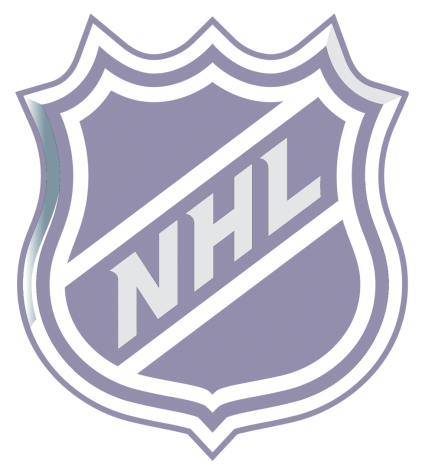 leagues have dealt with their fair share of sexual misconduct incidents, but the approaches they take are more direct. The NHL is the only one of the four major associations not to have a domestic violence policy, instead judging cases on individual circumstances. The MLB has a strong joint domestic violence policy with its Players Association (MLBPA), with players potentially subject to a 100-game suspension for a first-time offense, as experienced by former San Diego Padres’ pitcher José Torres in 2018. These policies allow the respective leagues to more effectively punish players and reduce the frequency of sexual misconduct.
leagues have dealt with their fair share of sexual misconduct incidents, but the approaches they take are more direct. The NHL is the only one of the four major associations not to have a domestic violence policy, instead judging cases on individual circumstances. The MLB has a strong joint domestic violence policy with its Players Association (MLBPA), with players potentially subject to a 100-game suspension for a first-time offense, as experienced by former San Diego Padres’ pitcher José Torres in 2018. These policies allow the respective leagues to more effectively punish players and reduce the frequency of sexual misconduct.
Despite executive efforts throughout all sports leagues, policies and suspensions can only go so far. The players are accountable for their actions off the playing field and must remain conscious of their decisions. When headlines pop up about sexual misconduct cases against athletes, confronting them is necessary for preventing them in the future.
Your donation will support the student journalists of Kirkwood High School. Your contribution will allow us to purchase equipment and cover our annual website hosting costs.

he/him
Hobbies and Interests: Basketball, baseball, Stephen King novels, Boston Celtics and St. Louis Cardinals
Favorite Song: "Lil Bit" by Nelly...
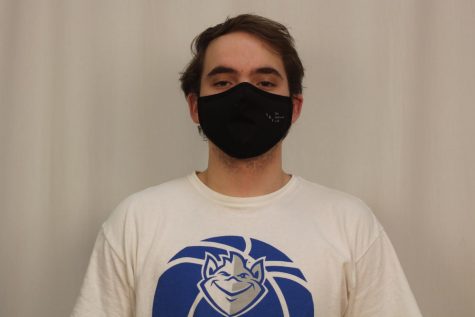
he/him
Favorite musical artist: Polo G
Favorite quote: "Vivere memento."
Favorite Pantone shade:


